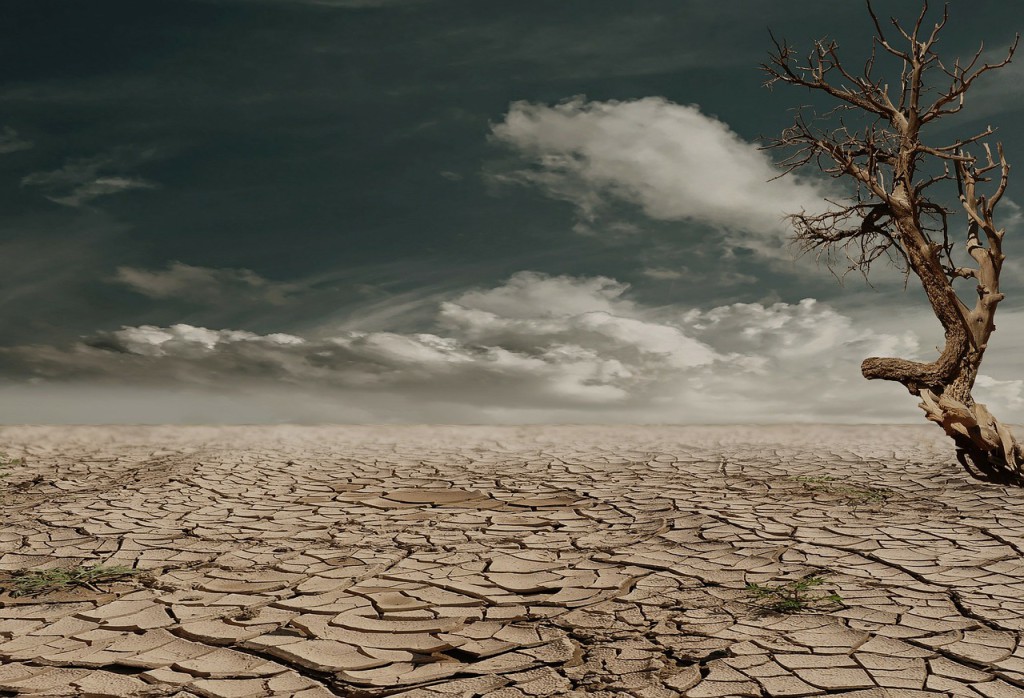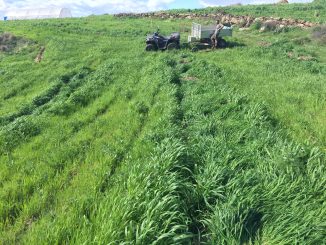
In this UN International Year of the Soil, soil quality is a hot topic this year. Soil is a disappearing commodity, which has implications for our ability to feed ourselves. Some global stats to fix the mind:
•Approximately 10 – 20% of drylands and 24% of the world’s productive lands are degraded.•24 billion tonnes of fertile topsoil are lost every year.•The UN FAO predicts that there are about 60 years of harvests left, using current practices: the global amount of productive land per person in 2050 will be only a quarter of the level in 1960.
And yet:
•A fully functioning soil can store 3750 tonnes of water per hectare•Soils store more than 4000 billion tonnes of carbon. By way of comparison, the world’s forests store our next blog posts on 360 billion tonnes of carbon
Case Study: Ireland
Irish soils are considered relatively good by international standards. Nevertheless, concerns include decline in organic matter, erosion by wind and water, compaction, loss of soil biodiversity, contamination and landslides. Ireland’s Environmental Protection Agency – EPA – have expressed concern that peat extraction, energy crops, as well as ploughing rough or permanent grassland for tillage, impacts negatively on soil organic matter. Maintaining soil organic matter is important for water and air quality, as well as for lowering our green house gas emissions (methane and nitrous oxide especially). Soil erosion also impacts on water courses, leading to fish kills and eutrophication.
The EPA state: “Soil erosion occurs as a result of poor soil management practices on vulnerable soils including inappropriate cropping regimes, overgrazing, and direct access to watercourses”. They add: “serious incidents of soil erosion are localised but it is likely that climate change will cause increased rates of soil erosion due to higher rainfall intensity and possible loss of organic matter, which will result in reduced structural stability.”Without abatement techniques, soil compaction will inevitably increase as animals and machinery get bigger and heavier, and as climate change ushers in more extreme and erratic weather patterns
Incredibly, according to the EPA “no comprehensive data are available on the severity or extent of soil compaction in Ireland.” It is thus highly unlikely that anything is being done to invest in researching abatement of soil compaction. And if there is work being done, it is being done in an information lacuna. Water logging and flooding are more likely with soil compaction, while soil organic matter reduces with compaction too – all of which reduces the natural productivity of the land. Diffuse contamination arises as a result of deposition from the atmosphere and activities such as agriculture, forestry, horticulture and landspreading of organic wastes.
The EPA also point to many practices, including (but not exclusively) agricultural practices which increase the likelihood of landslides and floods. “Slope gradient and profile, soil drainage and permeability…heavy rainfall and changes in land use and land cover, and human activities such as excavations, undercutting and land drainage.” Again many of these are interconnected and likely to worsen with climate change itself worsening. (Sources: STRIVE EPA Soil report)
Plans to ramp up production, as outlined in Food Wise 2025, will not reduce these stresses.(For an excellent objective critique of Food Wise 2025 see here, and weep for how science and judicious editorialising are garnered in the name of industry.) Bigger continental animals, bigger machinery, fewer hedgerows are just some of the inevitabilities of Food Wise 2025. Already the stocking rates allowable under the Nitrates Directive were increased in 2013.
Klaus Laitenberger, has been a Head Gardener at the Organic Centre at Rossinver, Co. Leitrim and now lectures at University College Cork on organic horticulture, food production and more. He is also an organic farming inspector and his 20 plus years experience of growing food organically has led him in recent years to write 3 books on growing vegetables.
Laitenberger says there is more compaction because:
- Heavier cattle breeds than in the past
- Slurry instead of farm yard manure (FYM). FYM feeds the soil and soil life and improves structure. Most farmers have now slatted sheds and FYM is a thing of the past.
- Change from hay to silage making. This allows heavy machinery to drive over wet land causing wheel compaction
- Artificial fertiliser that by-passes soil. Soil life and biodiversity collapses in time
“All these factors cause a reduction of organic matter in soils, a reduction of life in the soil and a massive increase in soil compaction leading more rushes on the land and more flooding, as we’ve seen. A healthy soil can absorb water while a compacted soil can’t absorb water and instead it runs off flooding our towns.” He adds: “Have they ever done tests on soil compaction in Ireland? And if so have they compared it to what it was a decade ago? Of course they haven’t. They have done it in Austria. They checked for soil compaction many years back and they checked again in the last few years and the increase in soil compaction due to changes of cattle breeds has been very significant.”
We had suitable cattle here in Ireland – Dexter, Kerry and Moiled – which were ideal for the West of Ireland and other wet areas. These heavy continental breeds and their intensive farming systems required will ruin our soils even further.”
“We need to keep feeding the life in the soil and maintaining soil structure otherwise the soils will degenerate. The only way to do this is to add bulky organic fertilisers – no shortcuts possible.”






